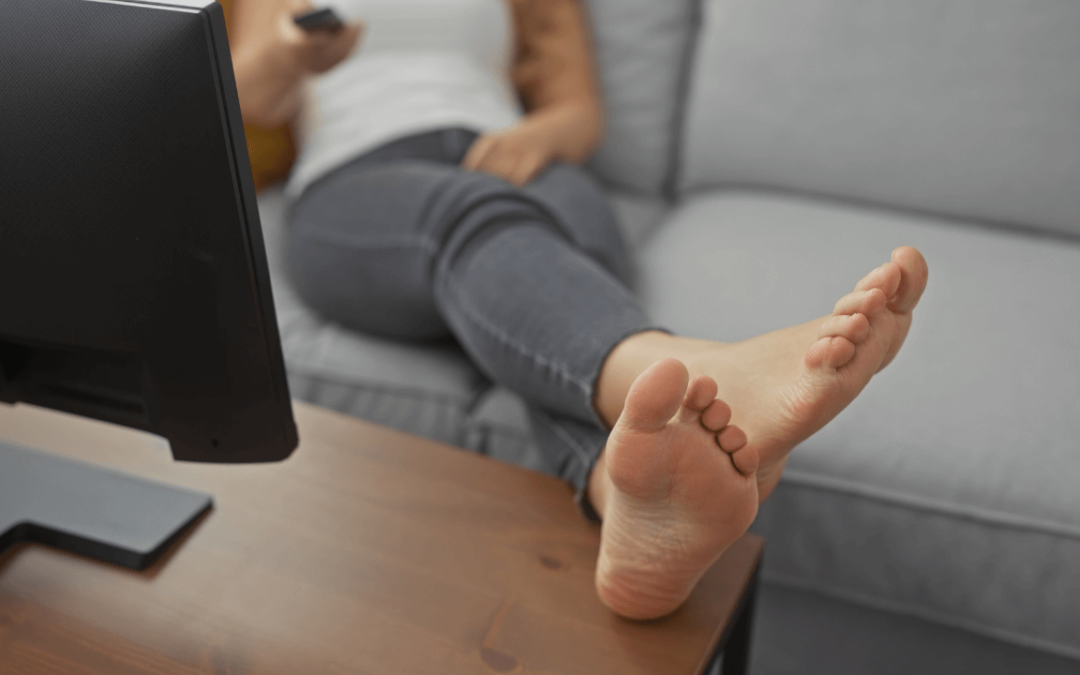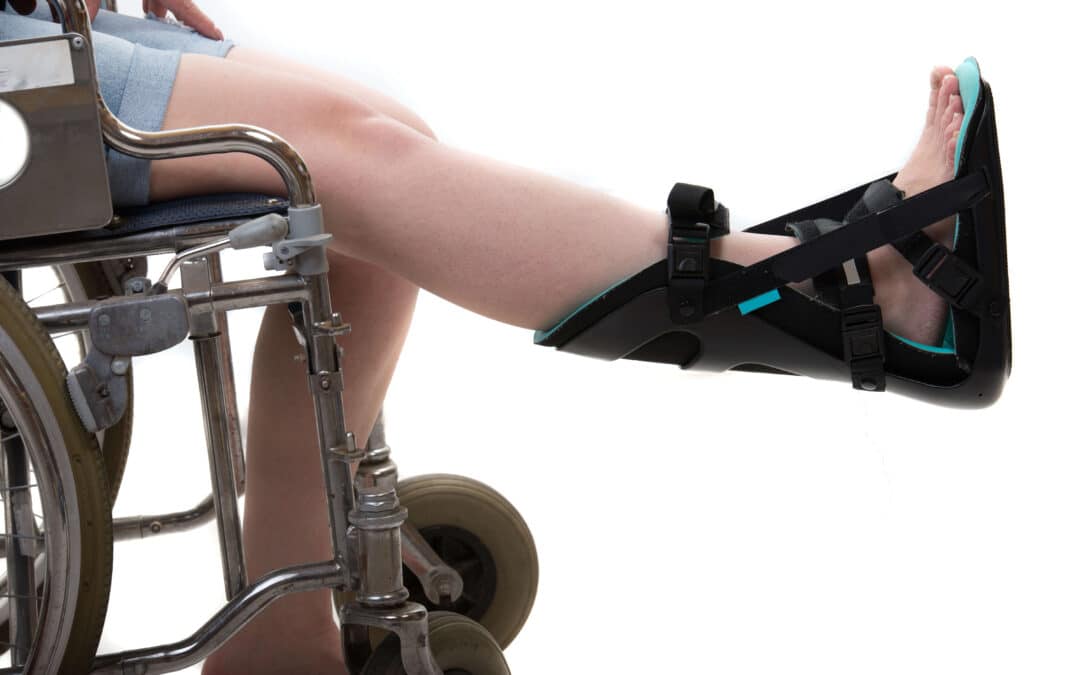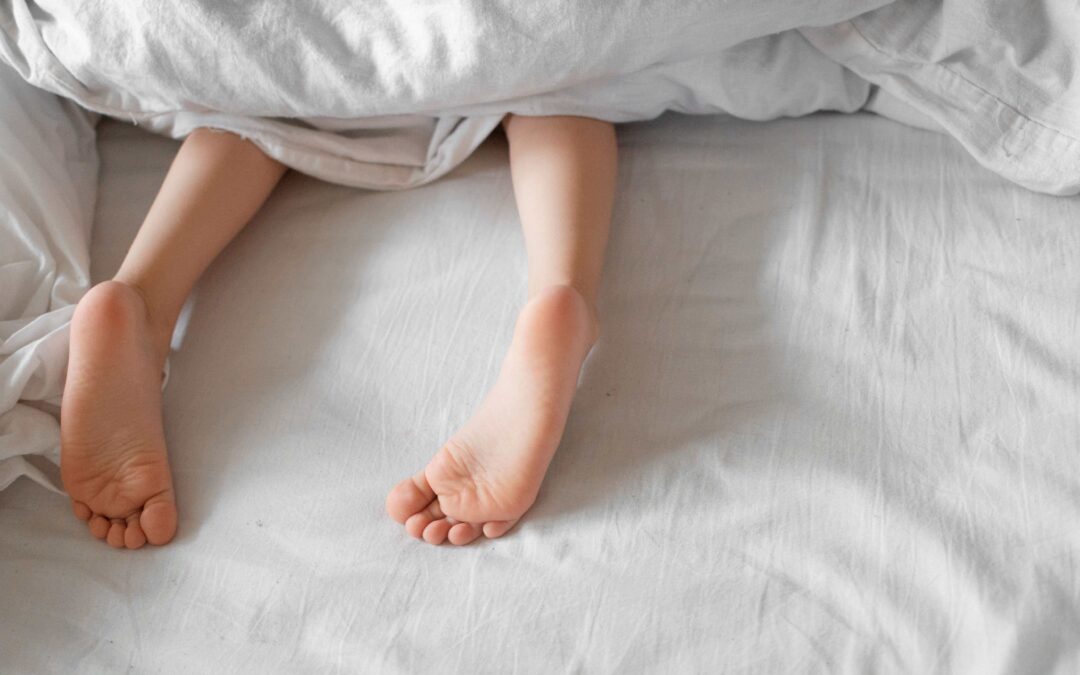What are the Best Shoes for Heel Pain?
Heel pain can be a constant nag, making every step a reminder of discomfort. Whether it’s caused by plantar fasciitis, Achilles tendinitis, or another condition, finding relief is a priority. While medical intervention and physical therapy play crucial roles in the healing process, your choice of footwear can also make a significant difference. In this comprehensive guide, we’ll delve into the anatomy of a good shoe for heel pain and why it matters in your journey toward comfort and recovery.
The Anatomy of a Good Shoe for Heel Pain
When it comes to selecting the right shoes to alleviate heel pain, it’s more than just a matter of fashion or personal preference. A shoe’s design and features can greatly impact your comfort and overall well-being. Here are the key elements to consider:
They Have to Fit
Ill-fitting shoes can exacerbate heel pain. Ensure that your shoes have adequate room for your toes, a snug but not tight fit in the heel, and proper arch support. Remember, everyone’s feet are unique, so finding the right fit for you is essential.
The importance of proper fit cannot be overstated. When you wear shoes that are too tight, you may experience pressure points and restricted circulation, leading to discomfort and potentially worsening your heel pain. On the other hand, shoes that are too loose can cause your feet to slide around, leading to instability and increased strain on your heels.
To find the right fit, consider getting your feet measured professionally. Shoe stores often have trained staff who can assist you in finding the perfect size and width for your feet. Don’t rely solely on the size printed on the shoe; it’s a guideline, but variations between brands and styles can be significant.
Go with Activity-Specific Shoes Where Appropriate
Different activities require different types of footwear. If you’re dealing with heel pain, consider investing in specialized shoes for activities like running, walking, or playing sports. These shoes are designed to provide the specific support and cushioning needed for each activity, reducing the strain on your heels.
For example, running shoes typically have extra cushioning in the heel and forefoot to absorb impact during running. Walking shoes, on the other hand, provide excellent arch support and stability for a smooth gait. If your heel pain is related to a specific activity, such as jogging, choosing the right type of shoe for that activity can make a significant difference in your comfort level.
Good Support for Your Arches
Arch support is crucial, especially for those suffering from conditions like plantar fasciitis. The arch of your foot plays a pivotal role in shock absorption and weight distribution. When your arches lack proper support, it can lead to overpronation (excessive rolling inward of the feet) or supination (inadequate rolling inward), both of which can contribute to heel pain.
Look for shoes with built-in arch support or consider using orthotic insoles to provide extra cushioning and support. Orthotic insoles can be particularly beneficial if your heel pain is related to overpronation or high arches, as they help align your foot and distribute weight more evenly.
A Firm Heel Counter
The heel counter is the part of the shoe that surrounds the back of your heel. A firm and supportive heel counter helps stabilize your foot and reduces excessive movement that can contribute to heel pain. When trying on shoes, gently squeeze the sides of the heel counter; if it feels weak or collapses easily, it may not provide the necessary support.
An unstable heel counter can lead to issues such as Achilles tendinitis or plantar fasciitis. When your heel is not properly supported, it can move excessively within the shoe, leading to strain on the Achilles tendon or the plantar fascia. A firm heel counter ensures that your heel remains in a stable position, reducing the risk of injury and pain.
The “Twist Test”
A good shoe for heel pain should have minimal flexibility in the midsole. To test this, try twisting the shoe; it should resist twisting easily. A shoe that twists too much can lead to instability and increased pressure on your heels.
Excessive flexibility in the midsole can cause your foot to work harder to maintain stability. This added effort can exacerbate heel pain and potentially lead to other foot problems. By choosing shoes with a stiffer midsole, you provide your feet with the necessary support and stability to alleviate discomfort.
A Rigid Sole May Be Best for People with a History of Heel Pain
If you’ve experienced chronic heel pain, opting for a shoe with a rigid sole can be beneficial. A rigid sole provides greater stability and reduces the strain on your heels. Look for shoes with a sole that doesn’t bend easily when you try to fold it in half.
A flexible sole can lead to excessive pressure on the heel area, especially during activities like walking or running. When your shoe’s sole bends too easily, it allows your heel to move excessively, potentially exacerbating heel pain. In contrast, a rigid sole limits the amount of bending, providing better support and comfort.
Don’t Be Afraid to Let Go
Sometimes, we develop an attachment to old, worn-out shoes. However, holding onto footwear that no longer provides the necessary support can hinder your progress in managing heel pain. It’s important to retire old shoes and invest in new ones when needed.
Over time, the cushioning and support in shoes can deteriorate, even if they still appear to be in good condition on the outside. As the midsole loses its resilience, your feet are no longer adequately protected from impact, which can lead to increased heel pain. Additionally, the structure of the shoe, including the heel counter, may weaken over time, further compromising support.
Regularly assess the condition of your shoes and replace them when you notice signs of wear and tear. If your heel pain persists despite other treatments, outdated or worn-out shoes may be contributing to the problem.
Avoid Walking Barefoot
Walking barefoot can exacerbate heel pain, especially on hard surfaces. When at home, consider wearing supportive slippers or orthotic sandals to provide your feet with some relief. It’s crucial to protect your feet, even in the comfort of your own home.
Walking barefoot on hard surfaces, such as tile or hardwood floors, can place excessive stress on your heels and exacerbate heel pain. Without the cushioning and support provided by shoes, your feet are more susceptible to impact and strain. To minimize the risk of aggravating your heel pain, opt for supportive footwear even when indoors.
Orthotic sandals or slippers with arch support can provide the necessary cushioning and stability while allowing your feet to rest comfortably. By avoiding barefoot walking, you create a more supportive environment for your feet to heal.
New Shoes Aren’t Enough
While finding the right shoes is crucial, they are just one piece of the puzzle. Managing heel pain often requires a multifaceted approach that addresses the underlying causes and symptoms. Here are a few additional tips to consider:
- Stretching and Exercises: Incorporate stretching and strengthening exercises recommended by your healthcare provider or physical therapist to improve heel pain. These exercises can help alleviate tension in the Achilles tendon and plantar fascia while promoting flexibility and strength.
- Proper Rest: Give your feet adequate time to rest and recover. Avoid activities that exacerbate your heel pain.
Schedule your appointment Today To Help With Your Heel Pain
If you have any more questions or need personalized help regarding your heel pain or footwear choices, we encourage you to reach out to the experts at Texas Foot and Ankle Centers. Our experienced team of podiatrists is dedicated to helping you find the right solutions for your foot and heel concerns. Feel free to contact us for a consultation or any further assistance you may need on your journey to a pain-free life.
Your comfort and well-being are our top priorities, and we’re here to support you every step of the way. Don’t let heel pain hold you back; take proactive steps towards relief today with the guidance of Texas Foot and Ankle Centers.




